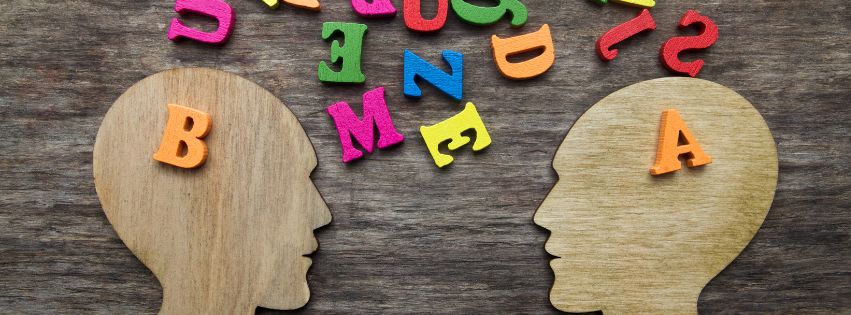Communication is an essential part of everyday life, but it can present unique challenges for adults with learning disabilities. Here at Case, we believe that fostering effective communication is key to supporting independence and enhancing quality of life for our students. By using tailored strategies, it’s possible to improve both verbal and non-verbal communication skills, allowing our learners to engage more fully with their communities and build stronger relationships.
In this blog, we’ll explore some of the most effective communication strategies for adults with learning disabilities, and how caregivers, educators and family members can support their journey toward better communication.
Understanding communication barriers
The first step in creating effective communication strategies is understanding the specific challenges that adults with learning disabilities may face. These can vary greatly depending on the individual and the type of disability, but common barriers include difficulty in processing language, trouble with verbal expression, and challenges when understanding non-verbal cues such as body language or facial expressions.
Recognising these challenges is crucial for developing appropriate strategies. It’s important to remember that communication isn’t just about words, as listening, observing and using visual or tactile aids are also part of the process.
Promoting communication with visual aids and technology
For many adults with learning disabilities, visual aids can be an incredibly helpful tool in facilitating communication. Picture cards, charts and symbols can help individuals to express their needs, understand instructions and engage in conversations. These wide-ranging tools simplify complex ideas and allow for clearer communication without relying solely on verbal language.
In recent years, technology has also played a key role in supporting communication for individuals with learning disabilities. Laptops and tablets, communication apps and speech-generating tools allow users to communicate through text or images, providing an effective alternative for those who struggle with speech. These tools can be particularly useful for enhancing independence, allowing individuals to express themselves in social, educational or work environments.
Encouraging active listening and patience
Effective communication is a two-way process. For adults with learning disabilities, caregivers and support workers must practice active listening, giving the individual time to process information and respond. Patience is key – allowing someone the space and time to communicate at their own pace reduces frustration and anxiety, making communication more meaningful and enjoyable for both parties.
It’s also essential to use simple, clear language and avoid overwhelming the individual with too much information at once. Breaking down complex instructions or questions into smaller, more manageable parts can help the individual to understand and respond more effectively.
Incorporating non-verbal communication
Non-verbal communication plays a crucial role for many adults with learning disabilities. Eye contact, facial expressions, gestures and body language can all convey important messages and emotions. Caregivers and support workers can enhance communication by paying attention to these non-verbal cues and responding appropriately.
For some individuals, incorporating tactile elements such as touch or sensory objects can further enhance communication, providing an alternative method of expression. Understanding and responding to non-verbal signals helps to create a more supportive and inclusive communication environment.
Promoting social interaction
Developing communication skills is often best achieved through regular social interaction. Group activities, community involvement, days out and social clubs provide opportunities for adults with learning disabilities to practice their communication skills in real-world settings. These interactions build confidence, help reduce feelings of isolation, and strengthen the individual’s ability to navigate social situations.
Family members and caregivers can also play a role by encouraging social engagement and creating opportunities for the individual to communicate in a variety of settings. This might include attending social events, joining support groups, or participating in recreational activities that promote interaction.


